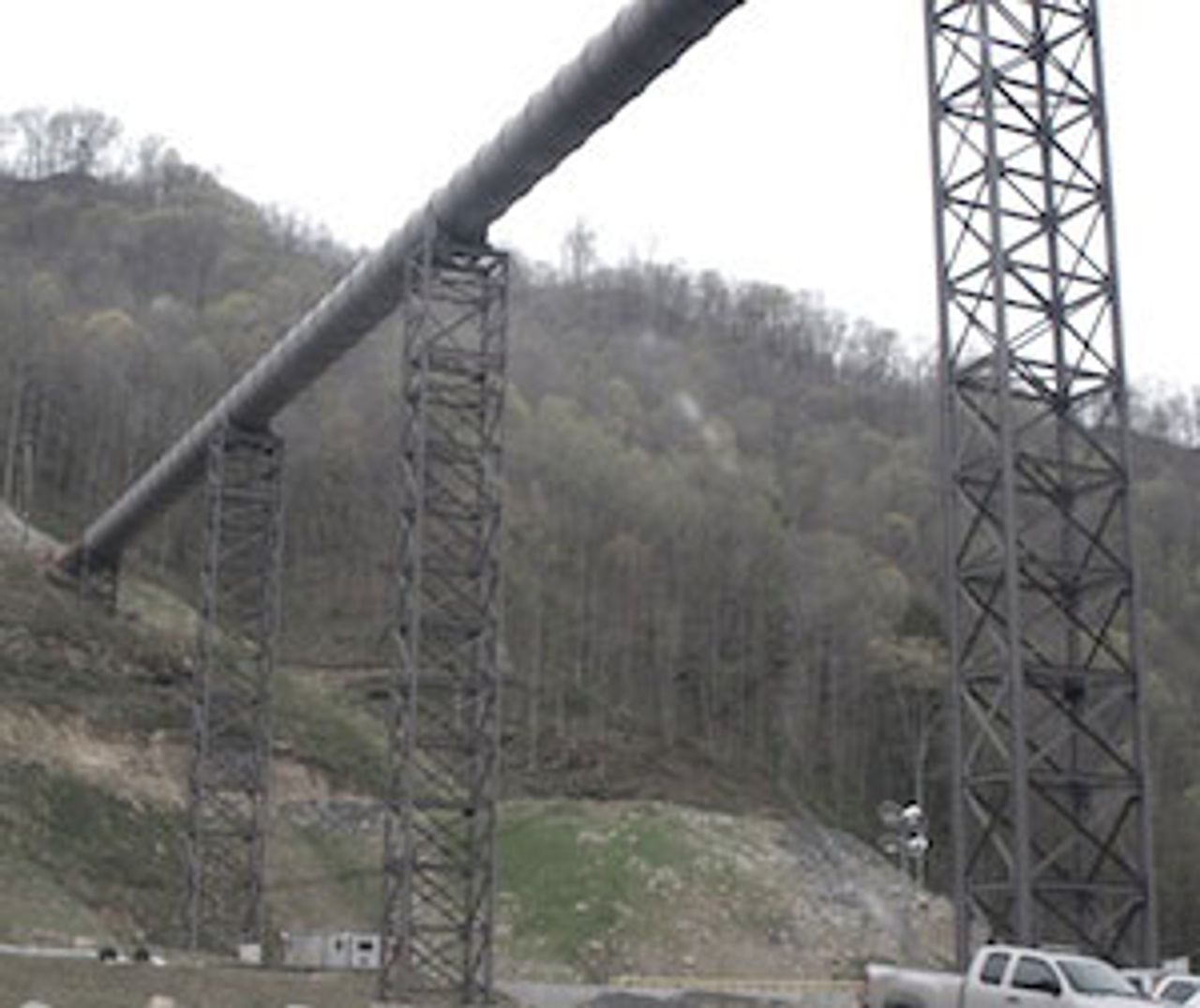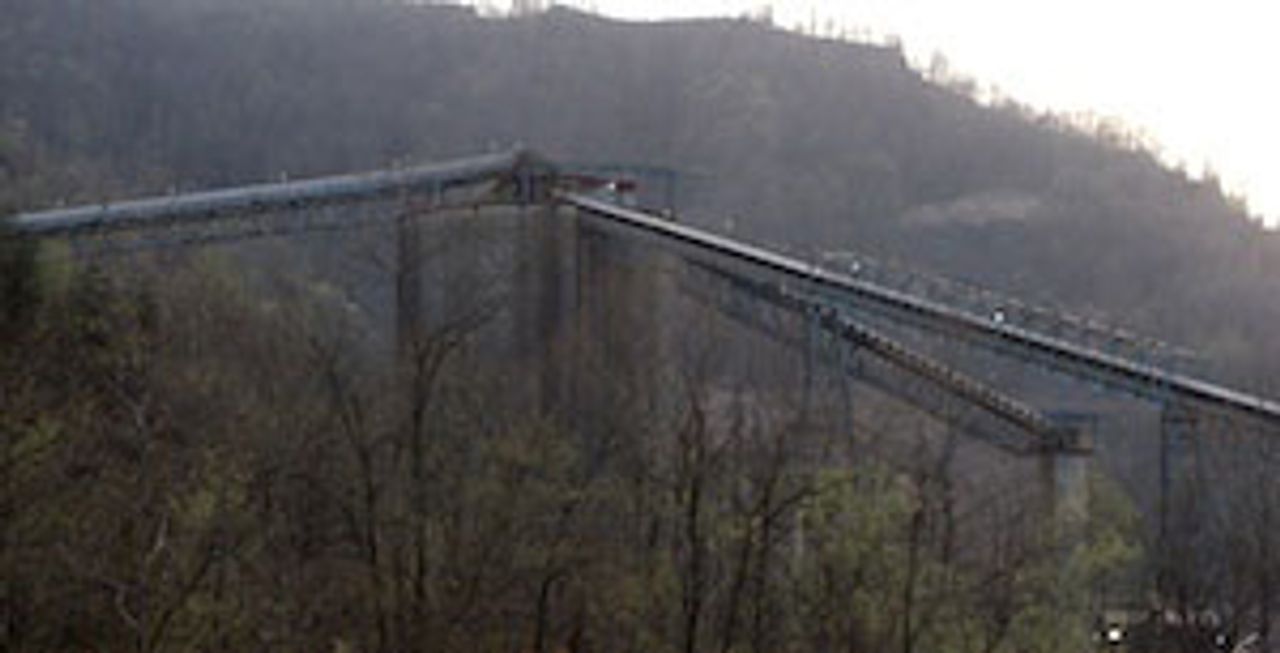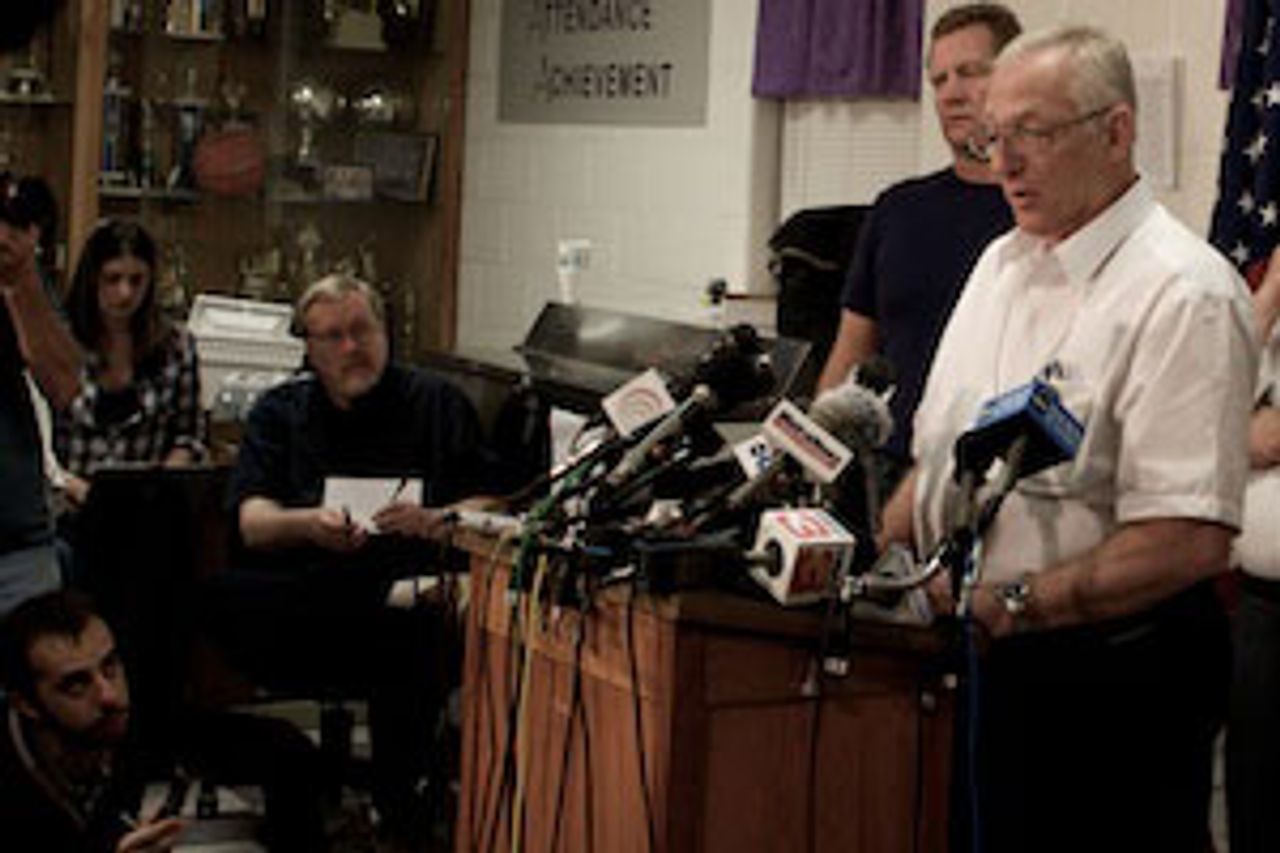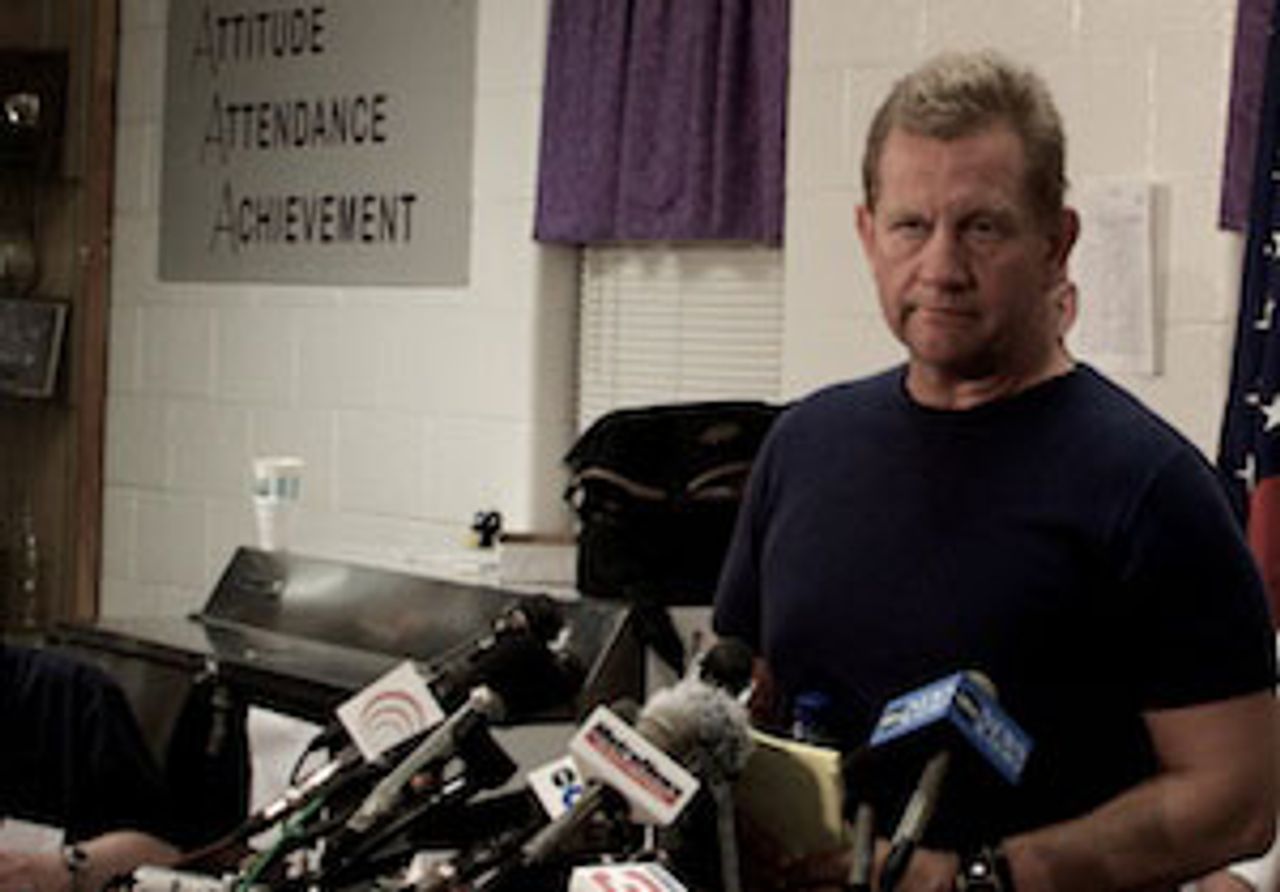Rescue workers were once again forced to retreat early Thursday morning from the Upper Big Branch mine in West Virginia, as toxic gas levels prevented them from searching for miners trapped underground.
 Part of the Upper Big Branch mine in West Virginia
Part of the Upper Big Branch mine in West VirginiaOver 30 rescuers had spent four hours in the mine and were just 500 feet from the area where they hoped to find four miners who remain missing after the explosion that killed at least 25 miners on Monday.
This was the second time that rescuers were forced to turn back. If the trapped workers made it to reinforced rescue chambers inside the mine, they would have 96 hours—or until Friday afternoon—before their oxygen ran out.
The mine is operated by Massey Energy, and has been cited numerous times for safety violations, including those that could have contributed to the explosion.
The mine accident—the worst since 1984—was caused by the buildup of methane gas, which ignited. Unless gas levels are kept under control, the rescue team risks the same fate as befell the miners. Following the aborted second rescue attempt workers began drilling additional boreholes to release poisonous methane gas, and another rescue effort was planned for Thursday evening.
Thirty-one miners were in the mine at the time of the explosion, of which 29 were trapped underground. Twenty-five miners have been confirmed dead, but 11 of these remain unidentified.
 A mine adjacent to the Upper Big Branch mine
A mine adjacent to the Upper Big Branch mineThere is mounting anger in the area against Massey Energy. Don Blankenship, the CEO of Massey, was ejected from a gathering of the families of miners on Tuesday. “He got taken out of there by the State Police before he could get hurt. It was about to get really ugly,” said a relative of one of the miners.
Evidence has continued to mount of repeated safety violations at the mine which were disregarded by federal regulators. The mine was cited for more than 600 safety violations in the past 18 months, including 124 so far this year. Following the accident, it emerged that the company had received two more citations on the very day of the explosion.
 Joe Main, Assistant Secretary of Labor for Mine
Joe Main, Assistant Secretary of Labor for MineSafety and Health
Joe Main, the head of the federal Mine Safety and Health Administration (MSHA), held a press conference Wednesday evening at which he called safety citations in the mining industry “routine.” They do not necessarily indicate anything “substantial,” he added, responding to questions as to why the government did not shut the mine.
Deliberately playing down the significance of Massey Energy’s systematic violation of safety regulations, the man chiefly responsible for enforcing mine safety declared, “Violations occur every day in the mining industry.”
 Kevin Stricklin, MSHA Administrator for Coal Mine
Kevin Stricklin, MSHA Administrator for Coal MineSafety and Health
When pressed by reporters, both Main (formerly the head of the safety department of the United Mine Workers union) and Kevin Stricklin, a top MSHA official, said that they had not had time to review the citations issued against Massey Energy.
The claim that MSHA had not had time to examine the safety violations at the mine is false. On Wednesday, the Charleston Gazette reported that MSHA has carried out an internal investigation, at the behest of West Virginia Senator Robert C. Byrd, and found that regulators ordered the mine to temporarily cease operations more than 60 times in the last 16 months.
For its violations at the Upper Big Branch mine, Massey paid less than $200,000 in fines.
At a separate press conference, West Virginia Governor Joe Manchin said that a failure of the mine’s ventilation system could have caused the explosion. When questioned by WSWS reporters, he acknowledged that the mine had previously been cited for a failure of its ventilation system and that the government allowed the mine to continue operations, despite the safety risk.
The disaster at the Upper Big Branch mine reveals the extent to which mine regulators run interference for the coal companies. The safety and health and the very lives of miners—along with the natural environment of mining areas—are entirely subordinated by the government to the drive for profit by the corporations.
This is no less true under the Obama administration than under Bush. Obama appointed Main to head MSHA.
Subscribe to the IWA-RFC Newsletter
Get email updates on workers’ struggles and a global perspective from the International Workers Alliance of Rank-and-File Committees.
